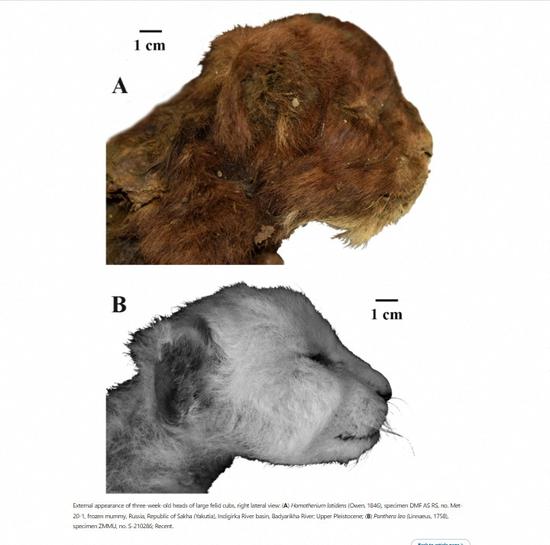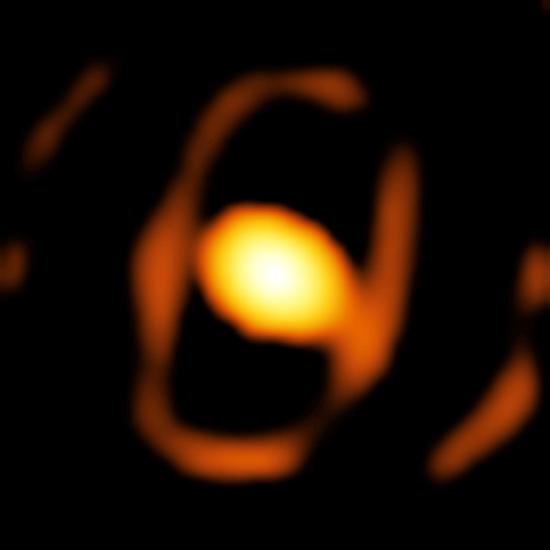The number of pulsars discovered by China's Five-hundred-meter Aperture Spherical Radio Telescope has exceeded 1,000, surpassing the total number of pulsars discovered by all other international telescopes over the past seven years, the National Astronomical Observatories of China announced on Tuesday.
These pulsars include a large number of millisecond pulsars and pulsar binaries, enriching the diversity and quantity of known pulsars, which is of great significance for understanding the formation and evolution of pulsars, said Zhu Weiwei, chief scientist at the FAST Operation and Development Center.
Pulsars are the remnants of massive stars that have died. Due to their high density, rapid rotation and strong magnetic fields, they are considered "natural laboratories" for studying many frontier astronomical issues.
The discovery of the first pulsar in 1967 proved the existence of neutron stars, earning a Nobel Prize in 1974. The discovery of the binary pulsar in 1974 provided indirect evidence of the existence of gravitational wave radiation, winning the Nobel Prize in 1993.
"Observing pulsars allows us to test general relativity, detect low-frequency gravitational waves and provide crucial data for theoretical research in pulsar physics," Zhu said.
FAST made its first pulsar discovery in 2017. Since its official opening in 2020, the telescope has averaged more than 5,000 hours of observation time per year.
Since 2021, it has been open to international applications, with about half its observation time allocated to open projects, Zhu said.
A team led by NAOC researcher Han Jinlin has been conducting a pulsar survey of the Galactic plane since 2020, discovering over 750 pulsars to date.
Han said that the team's discoveries have provided key evidence of faint pulsars in the Milky Way. The millisecond pulsars and pulsar binaries found in the Galactic star field offer new insight for understanding the still-debated evolutionary pathways of binary stars and serve as excellent probes for monitoring gravitational waves.
"The FAST discoveries include many of the weakest and lowest luminosity pulsars known, giving new information about the low end of the pulsar radio luminosity function," said Dick Manchester, a fellow of the Australian Academy of Science.
Xu Renxin, a professor at Peking University, believes that scientific research related to pulsars perfectly embodies the fundamental principles of quantum theory and relativity. The construction of the world's largest and most sensitive single-dish radio telescope, the China Sky Eye, has ushered in a new era of radio astronomy research.
Dai Zigao, a professor at the University of Science and Technology of China, said that there are still many key issues in the field of pulsar research that remain unresolved. The China Sky Eye is aimed at observing and studying these critical issues.
"In the future, the China Sky Eye will explore ways to enhance spatial resolution and play an important role in more areas such as fast radio bursts. It is expected to make more significant achievements, such as eventually detecting nanohertz gravitational wave signals, revealing the origins of fast radio bursts and discovering black hole-neutron star binaries," he said.


















































 京公网安备 11010202009201号
京公网安备 11010202009201号